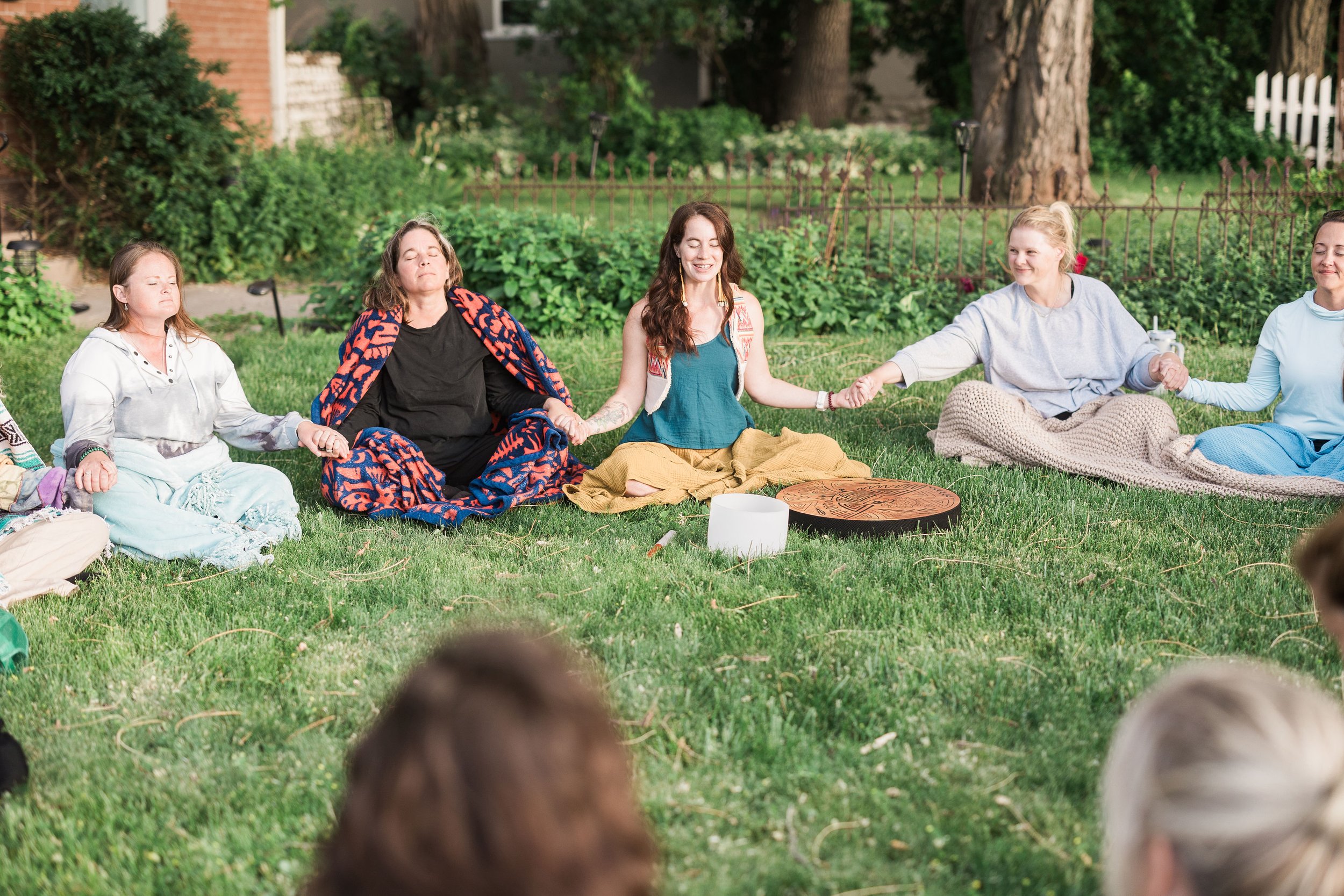
Sabbats and the Wheel of the Year
The Celtic Calendar consisted of two seasons, Winter and Summer and were marked by 4 fire festivals or Sabbats that today we call Cross-Quarters. The Celts used the Wheel of the Year to mark the changing of the seasons connected to the cycles of life, death, and rebirth and how they work with the agricultural cycles. The modern Wheel of the Year includes 8 Sabbats.
Cross Quarters:
Samhain - October 31-Nov 2
Samhain (SOW-in) represents the final harvest before the long winter. It’s a time to honor our ancestors and embrace the darker half of the year. This also marks the beginning of the New Year in many Pagan traditions.
Imbolc - February 1-3
Imbolc is a festival of fire and light, and in many Pagan traditions celebrates the Celtic hearth goddess, Brigid. This marks the midpoint between winter and spring. It is a festival of purification, light, fertility, and new beginnings. Also known as Candelmas.
Beltaine - May 1-3
There are several different spellings for Bealtaine and it is a spring celebration that honors the fertility of the earth. A time of lust, passion, fire, and abundance. Also known as May Day.
Lughnasadh - August 1-3
Lughnasadh (LOO-na-saa) is a celebration in honor of the Celtic god, Lugh. This is the first harvest festival, when plants drop their seeds to ensure future crops. Also known as Lammas.
Equinox and Solstice:
Winter Solstice, Yule - December 20-23
Yule marks the winter solstice, the shortest day of the year. The days become longer and we celebrate the return of the sun back to the earth. Also known as Alban Arthan (the Light of Arthur).
Spring Equinox, Ostara - March 20-23
Ostara is the celebration of the spring equinox, and is a time to prepare for the beginnings of new life each year. The hours of day and night are equal, and light is overtaking darkness. Also known as Alban Eilir (the Light of the Earth).
Summer Solstice, Litha - June 20-23
Litha is the time of the Summer Solstice, the longest day of the year. It’s a celebration of light’s triumph over darkness and the bountiful beauty that light brings into our lives. Also known as Alban Hefin (the Light of the Shore) or Midsummer.
Autumnal Equinox, Mabon - September 20-23
Mabon is a time of thanksgiving that celebrates the second harvest, and the autumn equinox. The days and nights are once again equal, with the night continuing to grow longer. Also known as Alban Elfed (Light of the Water).
Initiation Invitation
Which season of the year do you connect most with and why?
What season would you like to deepen your connection to and what are some actionable ways you can begin to do that?
As we shift from Summer to Fall and Fall to Winter, what are you doing in your own life to align with the changes as the Wheel of the Year continues to turn?
Recording


